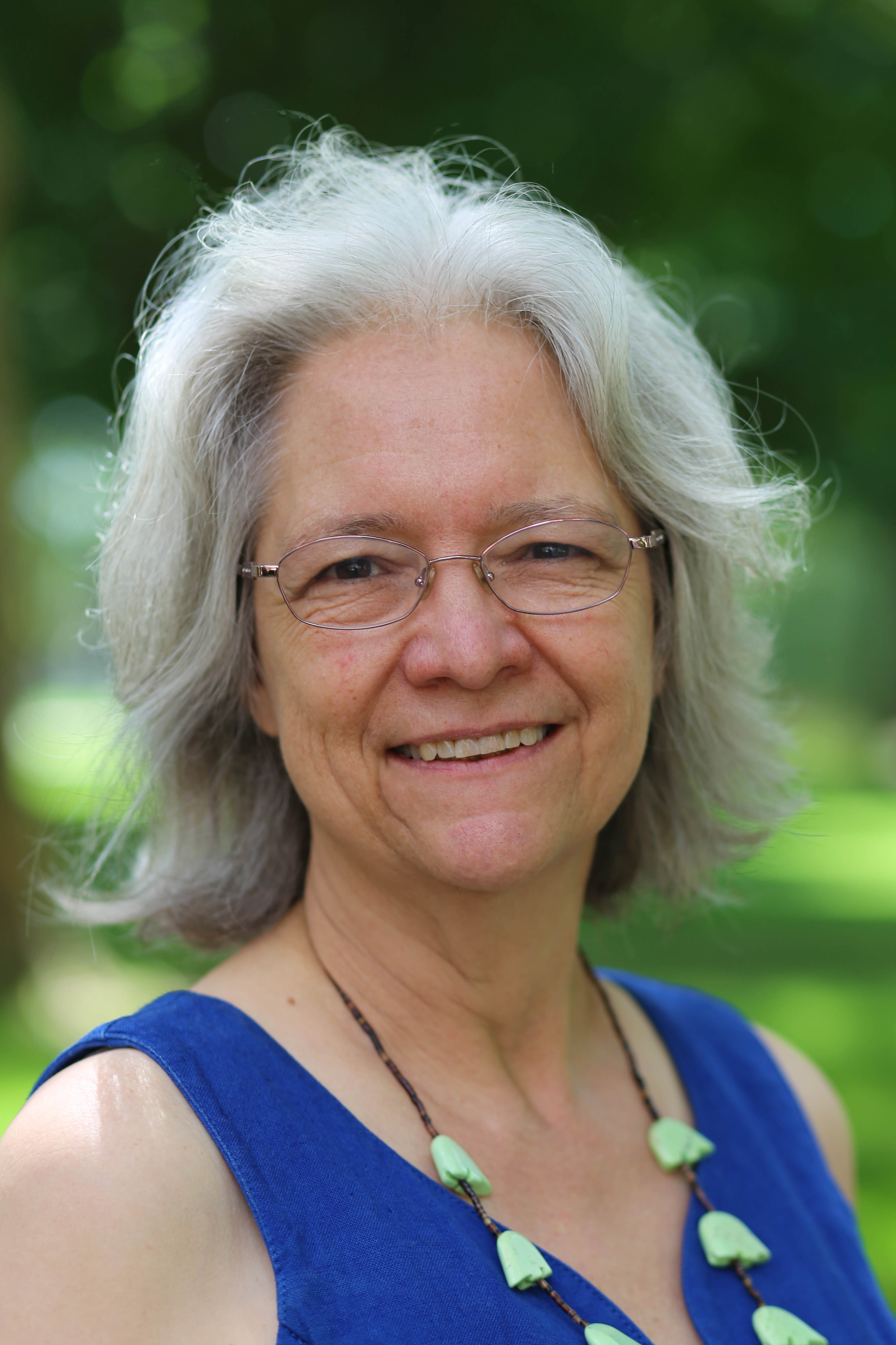On September 11, 2001, I was co-teaching a Humanities Lab in mask making at Goshen College in Indiana when the towers fell in New York. In pairs students took turns smearing their faces with vaseline or laying moist plaster of paris strips on the prepared face of a partner. As the plaster masks were finished and began to dry, co-teacher John Blosser and I suggested the students use their masks to create a response to the day. Ten years later it seems appropriate to pause and reflect on the masks we have made as a culture in response to this unprecedented—on our shores at least—event.
(For a global perspective and a reference to another 9/11, see Arundhati Roy's talk, "Come September.")
Poetry, rather surprisingly, has been one form of public artistic response to 9/11 and its aftermath. Adam Zagajewski’s poem, “Let Us Praise the Mutilated World,” appeared on the back cover of The New Yorker. Laura Bush’s invitation of poets to the White House shortly before the invasion of Iraq became the occasion for prominent writers to publicly voice their protest against the war. Poet William Heyen’s anthology, September 11, 2001: American Writers Respond appeared, along with several other collections. Poet Sam Hamill began the Poets Against the War website, which received over 10,000 entries, and published an anthology with the same title. (For a fuller account of responses to 9/11 in Poetry see "Beyond Grief and Grievance" by Philip Metres on the Poetry Foundation website.)
During the past decade my anthology A Cappella: Mennonite Voices in Poetry was also published (2003). The poems for the book had largely been collected in the 1990s, so even though Mennonites are known for peace, this anthology did not focus on anti-war poems. Rather, it offered poems written by members of a cultural and religious group know for its commitment to peace—including poems brave enough to probe internal conflicts. Some readers of A Cappella have asked where the peace poems are—the ones that serve as a witness against war?
I believe that peace comes from the inside out, and is inherent in poems written by those who live by an ethic of peace. The 10th anniversary of 9/11, however, seems a good time to explore this question about a more public engagement of Mennonite and other poets with peace. I am delighted to do so with the expert help of fellow poet Jeff Gundy, a poet who has written and ruminated on peace and poetry for most of his adult years, and the other marvelous writers in this issue.
Alicia Ostriker’s “Ghazal: America” captures a struggle for the representation of “America” in terms of its national anthem. When I first read this poem in a workshop I was struck by the way Ostriker, a Jewish poet who is also a peace activist, cut directly to the heart of the struggle recently felt at Goshen College as to whether or not to break with a pacifist Mennonite tradition--since our student body is only a little bit more than 50% Mennonite--to play "The Star-spangled Banner" at sporting events. (Goshen now plays "America the Beautiful.") I thank her for allowing us to publish it here for the first time.
In “Memorial Day, 1972” Julia Spicher Kasdorf reflects on what it felt like to grow up in a family that taught her to feel discomfort in a girl scout uniform. In “Yehuda Amichai in November” she pays homage to an Israeli poet and teacher who learned the language of peace through his experiences in war. Jean Janzen also refers to Amichai in her poem, “Heat,” along with the rosary with which she did not learn to pray. Yorifumi Yaguchi, a Japanese Mennonite whose grandfathers were Buddhist and Shinto priests, draws on his formative World War II experiences in his poems.
Barbara Nickel reflects on the Amish school shooting tragedy as a witness for peace in the face of the enemy. Keith Ratzlaff offers a series of meditations on violence—from killing the mice in the compost pile to taking in the news of daily rapes and killings in Iraq and Afghanistan. John Paul Lederach, internationally renowned peace builder and mediator, offers three poems that grow out of his peacemaking.
Michelle Webster-Hein’s essay, “Flowers for Osama,” will resonate with many whose fears after 9/11 shaped their responses to Muslims. Webster-Hein explores her response to a Muslim customer in a restaurant shortly after 9/11 and reflects on the ways in which her recent adoption of Mennonite faith has re-shaped her perspective on loving enemies.
In The Moral Imagination (Oxford Univ. Press 2005), Lederach uses the term “haiku moment” to describe the marriage of intuition and experience that guides the peacemaker in seeking a shift in understanding between two opposing sides. Lederach's use of the word "haiku" is more than a metaphor for peacemaking. It is based on his study of a poetic form and the way poetry works, as language, to provide a way of moving beyond linguistic impasse.
Jeff Gundy's closing meditation on Wiliam Stafford, given as sermon to the First Mennonite Church in Bluffton, Ohio on 9/11/2011 shows how a life centered in peace can lead to a poetry of peace.
On good days, I hope that poems might nudge us to loosen the masks we have placed on ourselves and each other--so we can lift them and reveal our living, breathing faces.
